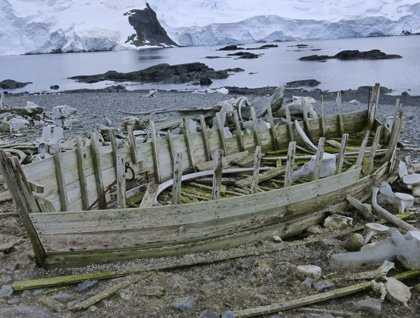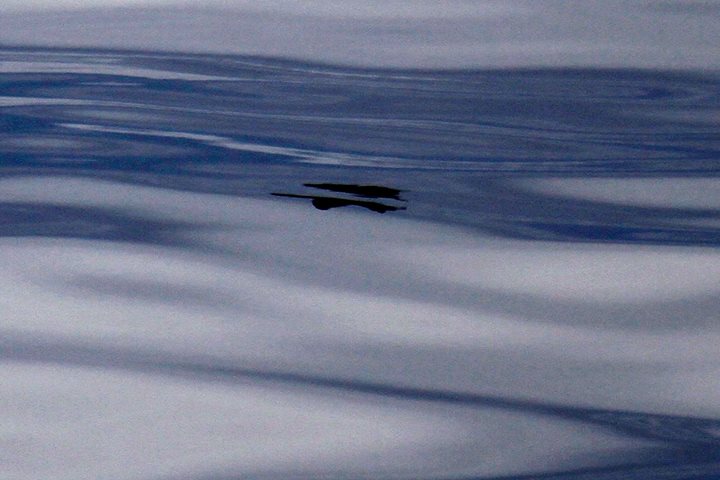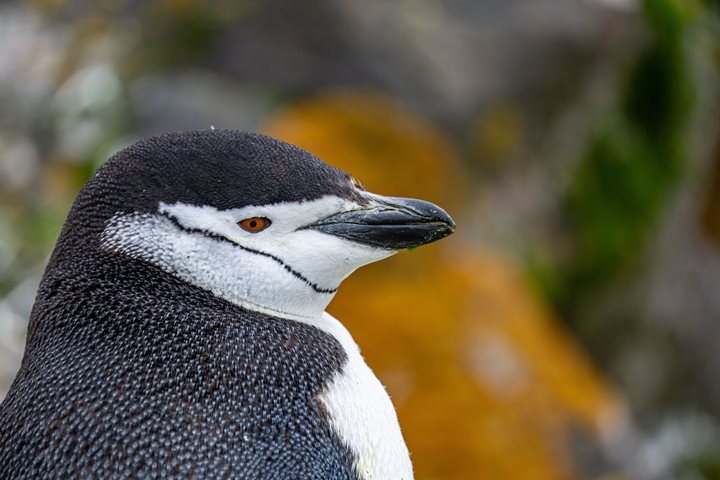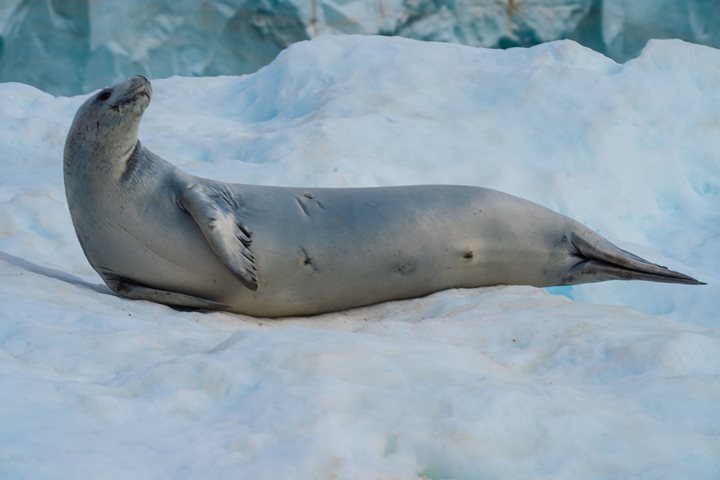This morning National Geographic Explorer cruised through the Palmer Archipelago and Orleans Strait during breakfast. After another filling meal we divided amongst activities and while some cruised or kayaked around Mikkelsen Harbor others enjoyed exploring a small islet on the south shore of Trinity Island. An Argentine refuge built in 1954 provided protection from the elements for nesting gentoo penguins. One gentoo was molting, most likely a failed breeder and was a sign of what’s to come for all the gentoos presently attending chicks.
Up and over the hill our naturalist Mary Lou told a tale rich in whaling history and the processes involved in the early years of the whaling industry here in Antarctica. The bone yard that surrounded the scene and old water boats were the perfect backdrop to learn about what drew people here long before people came with the objective of getting to a new continent or the lure of its pure and epic beauty.
Mikkelsen Harbor was named for a Norweigan whaling captain, Klarius Mikkelsen, and the calm waters were clearly the perfect place for mooring factory ships. Fellow comrades out on the Zodiacs encountered fur seals hauled out on some of the rocks that make this area a challenge for propellers and also saw a significant amount of chinstrap penguins on the surrounding islets.
Back on the ship there was quite a band of white-robed adrenalin gathered in the mudroom as a number of people were finding their internal stoke for the polar plunge that lay ahead. Excited and nervous people jumped from side gate to frigid waters…a rite of passage they could not resist.
From there we headed north for the tip of the peninsula and accompanied by humpback whales we made our way to Lindblad Cove (a fitting tribute to Lars Eric Lindblad, who was the pioneer of Antarctic travel back in 1966). As the voyage continues we are both awe inspired and exhausted by the days that have come before and everything we have encountered on this journey of a lifetime.







